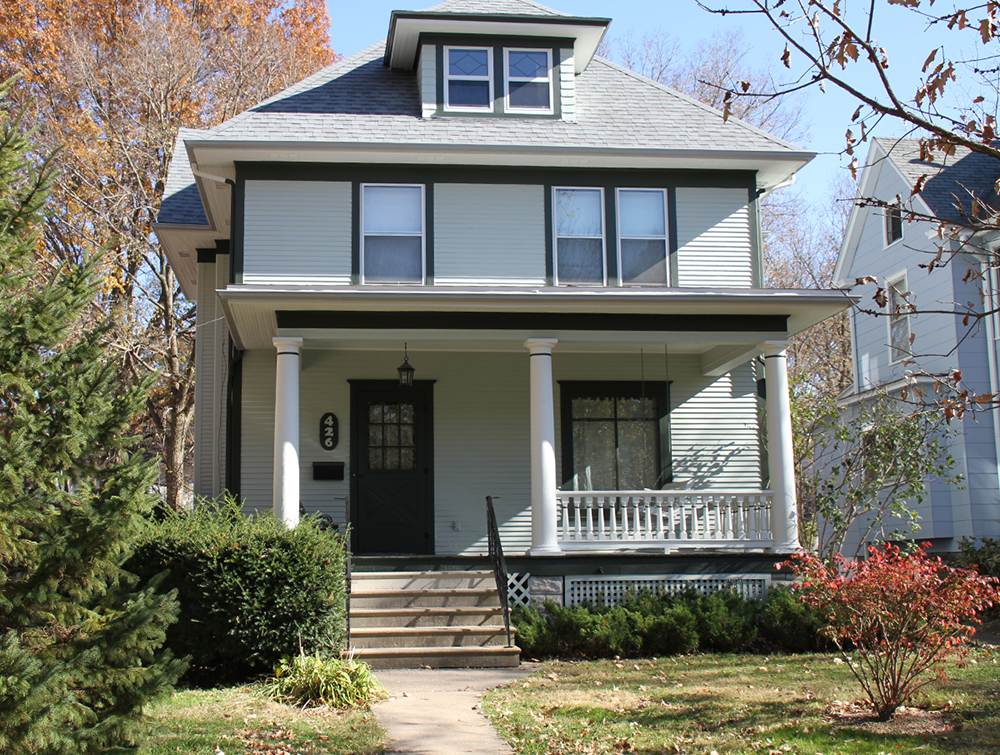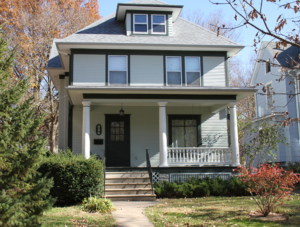
For many homeowners in St. Paul, MN, the thought of a painting project can be both exciting and daunting. Whether you’re updating the interior or refreshing the exterior, one common question arises: How long will the project take?
The timeline for any painting job depends on several factors, including the size of your home, the type of work involved, and the time of year. Working with professional painting companies St Paul, MN, can help you understand these variables and set realistic expectations for your project.
Factors That Influence the Duration of a Painting Project
The time required to complete a painting project varies depending on several factors. Understanding these elements is essential for better planning and managing expectations.
1. Size of the Property
The most obvious factor in determining how long a painting project will take is the size of your home. Larger homes require more time to paint than smaller ones. The more walls, ceilings, and rooms that need attention, the longer it will take.
- Interior projects: For example, painting a small bedroom might only take one or two days, while painting a large living room or an entire floor could take three to five days.
- Exterior projects: The size of your home’s exterior, including the number of stories, plays a significant role. A single-story home will typically take less time than a multi-story house.
2. Type of Painting Work
The scope of the painting work will also affect the timeline. Are you painting the entire house or just a few rooms? Is it a simple refresh, or are you adding intricate details? Different types of painting projects take varying amounts of time:
- Interior painting: Painting walls and ceilings is usually quicker than detailed trim or intricate features such as doors and baseboards.
- Exterior painting: Exterior painting can take significantly longer when weather factors like humidity or rain delay the process.
3. Preparation Time
Proper preparation is key to achieving a smooth and lasting finish. Surface cleaning, patching holes, sanding rough areas, and priming walls are all essential steps that take time.
- Interior preparation: In most cases, interior preparation requires moving furniture, taping off edges, covering floors, and patching holes. This process can add a day or two to the timeline.
- Exterior preparation: Preparing the exterior involves power washing, scraping off old paint, repairing damaged areas, and priming surfaces. If your home has layers of old paint or damaged siding, this may extend the timeline further.
4. Weather and Seasonal Considerations (for Exterior Jobs)
If you schedule an exterior painting project in St. Paul, MN, the weather will significantly impact the timeline. Since Minnesota experiences cold winters and humid summers, the ideal time for outdoor painting is in late spring, summer, or early fall.
- Temperature and humidity: Extreme heat or cold can affect the drying process and the paint’s ability to adhere to surfaces.
- Rain delays: If you plan exterior work during the rainy season, you may encounter unexpected delays due to weather conditions.
The Painting Process Breakdown: What Happens Each Day?
Understanding the typical painting process will help you better visualize each phase’s length.
Day 1 – Preparation and Priming
On the first day, professional painting companies St Paul, MN, focus on preparing the surfaces for painting.
- For interior projects, this typically involves moving furniture, covering floors, and taping off areas to protect trim and fixtures. Wall surfaces are inspected for holes or cracks, then patched and sanded.
- The crew may power wash the surfaces for exterior projects, scrape off peeling paint, and prime any bare areas before painting.
Day 2-3 – Applying the First Coats of Paint
Once preparations are complete, the painting process begins.
- The first coat of paint is applied to walls, ceilings, and trim for interior projects. Depending on the size of the room, this could take a full day or more.
- For exterior projects, painting typically begins with the trim and any smaller details before applying the main coat of paint to the larger areas of the siding. The drying time between coats can vary, often taking several hours to a full day.
Day 4+ – Final Coats and Touch-Ups
After the first coats are dry, the team will apply the final coat and any necessary touch-ups.
- Interior projects usually require a second or third coat of paint, especially for rooms with darker colors or high-traffic areas. Additional coats help to achieve the perfect finish.
- Exterior projects require a similar process, with extra attention paid to areas that need a thorough, even coat for weather resistance.
Typical Timeframes for Different Types of Painting Projects
Different painting projects will take varying amounts of time depending on scope, size, and complexity. Here’s an approximate timeline for different kinds of projects:
Interior Painting Projects
- Single Room: Typically takes 1 to 2 days for small rooms like bedrooms, bathrooms, or hallways.
- Multiple Rooms: For homes requiring several painted rooms, expect a timeline of 3 to 5 days.
- Complete Interior of a House: Depending on the size of the home, painting the entire interior (including walls, trim, and ceilings) can take 5 to 7 days.
Exterior Painting Projects
- Small Homes: Exterior painting for a single-story home can take 3 to 5 days, factoring in time for prep, primer, and drying.
- Larger Homes: Multi-story homes or homes with intricate features (like shutters, fences, or trim) will take longer to complete. A large house may take up to seven days or more to complete.
- Weather Delays: Unpredictable weather conditions can cause delays, pushing back the timeline by a few extra days.
Specialty Painting Projects
- High Ceilings or Difficult Access Areas: Due to their complexity, specialty projects such as vaulted ceilings or intricate trim require more time. These types of jobs might extend the timeline by a few extra days.
- Detailed Trim or Molding: Painting detailed trim and molding adds time to the project, requiring precision and patience from the painters.
Conclusion
The timeline for a painting project depends on several factors, including the size of your home, the type of work involved, and weather conditions. Working with painting companies in St Paul, MN, ensures your project is completed efficiently and with minimal delays.
By understanding the steps involved in the process and staying proactive in preparing your home, you can ensure that your painting project runs smoothly and that your home is transformed into a beautiful, fresh space in no time.





